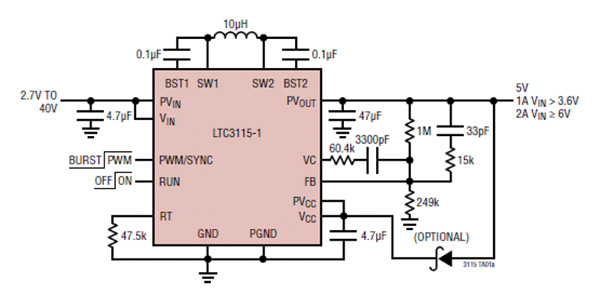Yes, a flyback converter can masquerade as a buck-boost converter: -

This one from LTI also negates the need for an opto-isolator by sampling the back emf in the primary - that back emf is indicative of the secondary voltage so it's quite a useful little device.
Compare that with a buck boost offered also by LTI: -

There are advantages and disadvantages with the buck-boost. Firstly there is no output isolation but it doesn't require a minimum load and will be 5% or so more energy efficient.
So, you may ask, how does the flyback converter generate higher output voltages than the input when it appears to use a step down transformer. This is acheived by PWM effectively altering the transformer turns ratio (to put it crudely).
Think of the output load as requiring so-much power to acheive a certain regulated output voltage; the fly-back design transfers energy stored in the primary to the secondary each switching cycle and that energy transferred, multiplied by the number of cycles per second = power transferred. In other words it doesn't work like a normal transformer because you can, on the face of it, have what seems to be a step down ratio yet a higher voltage is produced due to the flyback effect.
Clearly, if you want a lower voltage on the output compared to the input you want your output winding to be low inductance so that it can supply more current to the heavier load but, it's not a hard and fast rule.





